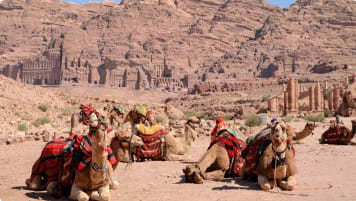Ten books to read about Iran
Ten books to read about Iran Throughout history, Iran’s position in the centre of the famous Silk Road has seen it crisscrossed by travellers, traders and armies. In more recent times, its rich oil resources…
10 Oct 19 · 2 mins read

Ten books to read about Iran
Throughout history, Iran’s position in the centre of the famous Silk Road has seen it crisscrossed by travellers, traders and armies. In more recent times, its rich oil resources and relations with its Sunni neighbours have brought it to international attention. While travel in Iran might seem a daunting prospect, the days of the Iranian Revolution and the Iran-Iraq War are long past: Iran is stable, safe, and once again attracting travellers as it has done for long years.
In this article, we recommend ten key books to read about Iran: ranging from ancient history to the contemporary situation. If you have a particular interest in Iran, you might also want to take a look at some of our articles:
- Questions About Iran
- Tehran Through Time
- Safavids in Persia
- History of Persian Carpets
- Beauty and Artistry in Iran: Persian Gardens and Mosaic Tiles
- Persepolis in Iran, a famous place on any escorted small group tour
- Thirty must see places when visiting Iran
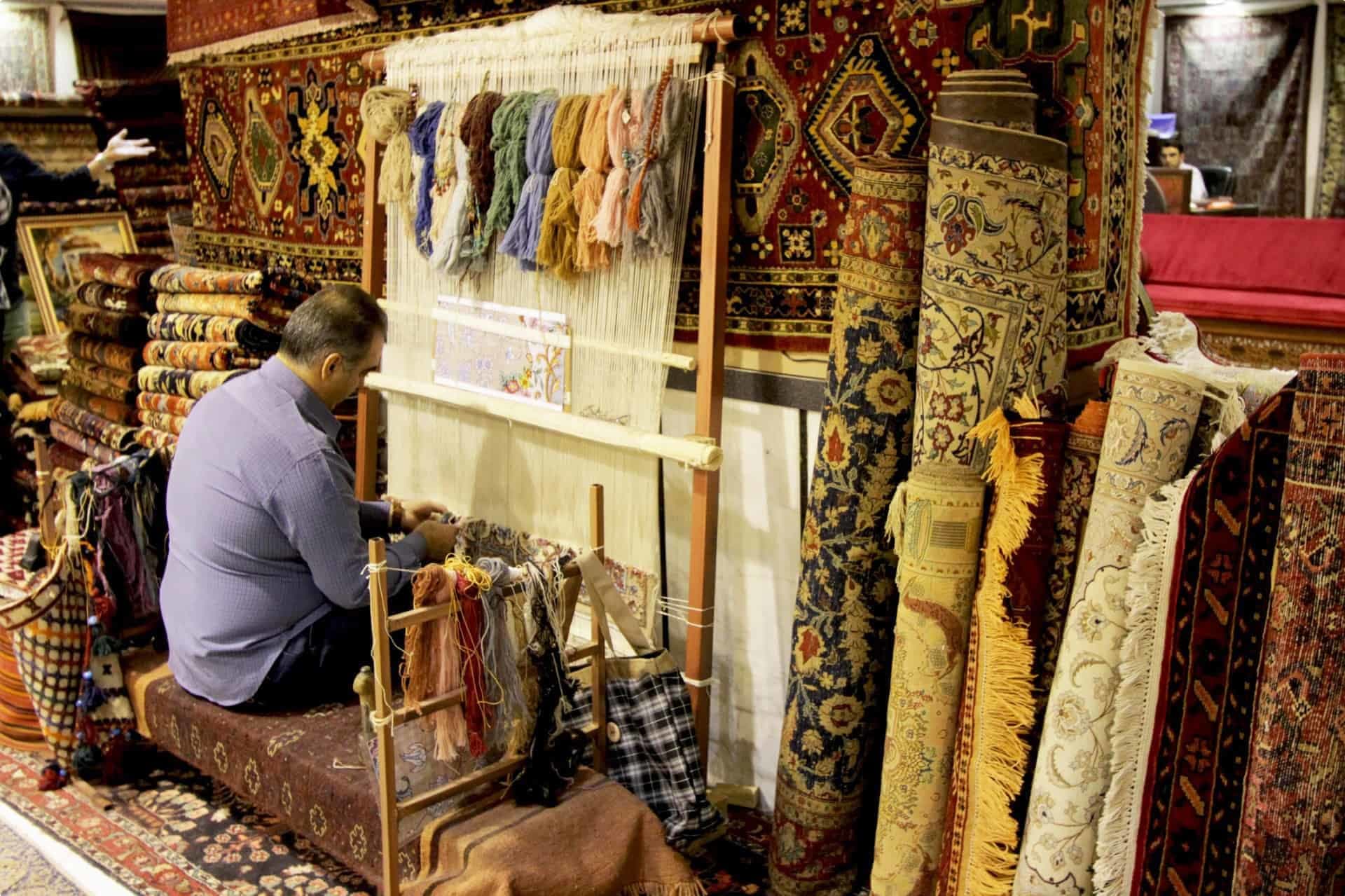
The Persians: Ancient, Medieval and Modern Iran
by Homa Katouzian
In recent years, Iran has gained attention mostly for negative reasons—its authoritarian religious government, disputed nuclear program, and controversial role in the Middle East. Delve behind the surface, however, and you’ll see that there is much more to the story of this ancient land. This authoritative and comprehensive history of Iran, written by Homa Katouzian, an acclaimed expert, covers the entire history of the area from the ancient Persian Empire to today’s Iran.
Writing from an Iranian rather than a European perspective, Katouzian integrates the significant cultural and literary history of Iran with its political and social history. Some of the greatest poets of human history wrote in Persian—among them Rumi, Omar Khayyam, and Saadi—and Katouzian discusses and occasionally quotes their work. In his thoughtful analysis of Iranian society, Katouzian argues that the absolute and arbitrary power traditionally enjoyed by Persian/Iranian rulers has resulted in an unstable society where fear and short-term thinking dominate. A magisterial history, this book also serves as an excellent background to the role of Iran in the contemporary world.
Tangled in Turquoise
by Bobbi Davari
“Tangled in Turquoise” (the ‘colour’ of Iran) is a wonderfully moving account of the author’s life which began in Britain just after the Second World War.
Born into a very ordinary family, she tells of the changes in life-style she experienced when, as a young woman, she fell in love with an Iranian, whom she married, and then lived with in Iran during the 1970s. The Shah was ruling Iran at the time and did so for the next eight years until the dramatic turn of events that culminated in the Iranian Revolution in 1979, bringing with it a change in culture under a new political regime. These events, together with the war between Iraq and Iran which ensued not long after, altered the course of her life again when she and her husband decided to leave Iran and return to Britain in the 1980s.
But that’s only part of the story… As you travel with her through the pages of her life from the West to the Middle East – and back again – her gripping story will hold your attention right to the end. Prepare to be affected by what has been described as a ‘story and a half’: it’s a page-turning must-read for all those interested in people.
The Shah
by Abbas Milani
Though his monarchy was toppled in 1979 and he died in 1980, the life of Mohammad-Reza Shah Pahlevi, the last Shah of Iran, continues to resonate today.
Here, internationally respected author Abbas Milani gives us the definitive biography, more than ten years in the making, of the monarch who shaped Iran’s modern age and with it the contemporary politics of the Middle East.
The Shah’s was a life filled with contradiction—as a social reformer he built schools, increased equality for women, and greatly reduced the power of the Shia clergy. He made Iran a global power, courting Western leaders from Churchill to Carter, and nationalized his country’s many natural resources. But he was deeply conflicted and insecure in his powerful role. Intolerant of political dissent, he was eventually overthrown by the very people whose loyalty he so desperately sought. This comprehensive and gripping account shows us how Iran went from politically moderate monarchy to totalitarian Islamic republic. Milani reveals the complex and sweeping road that would bring the U.S. and Iran to where they are today.
Iran Awakening: A memoir of Revolution and Hope
by Shirin Ebadi
In this remarkable book, Shirin Ebadi, a human rights lawyer and activist, and Nobel Peace Prize laureate, tells her extraordinary life story.
Dr Ebadi is a tireless voice for reform in her native Iran, where she argues for a new interpretation of Sharia law in harmony with vital human rights such as democracy, equality before the law, religious freedom and freedom of speech. She is known for defending dissident figures, and for the establishment of a number of non-profit grassroots organisations dedicated to human rights.
In 2003 she became the first Muslim woman, and the first Iranian, to be awarded the Nobel Peace Prize. She chronicles her childhood and upbringing before the Iranian Revolution, her education and student years at the University of Tehran, her marriage and its challenges, her religious faith, and her life as a mother and as an advocate for the oppressed. As a human rights campaigner, in particular for women, children and political prisoners in Iran, her autobiography is a must-read for anyone fascinated by the life story and beliefs of a courageous and unusual woman, as well as those interested in current events (especially those of the Middle East), and those who want to know the truth about the position of women in a Muslim society.
City of Lies: Love, Sex, Death and the Search for Truth in Tehran
by Ramita Navai
Lying in Tehran is about survival.
Welcome to Tehran, a city where survival depends on a network of subterfuge. Here is a place where mullahs visit prostitutes, drug kingpins run crystal meth kitchens, surgeons restore girls’ virginity and homemade porn is sold in the sprawling bazaars; a place where ordinary people are forced to lead extraordinary lives.
Based on extensive interviews, City of Lies chronicles the lives of eight men and women drawn from across the spectrum of Iranian society and reveals what it is to live, love and survive in one of the world’s most repressive regimes.
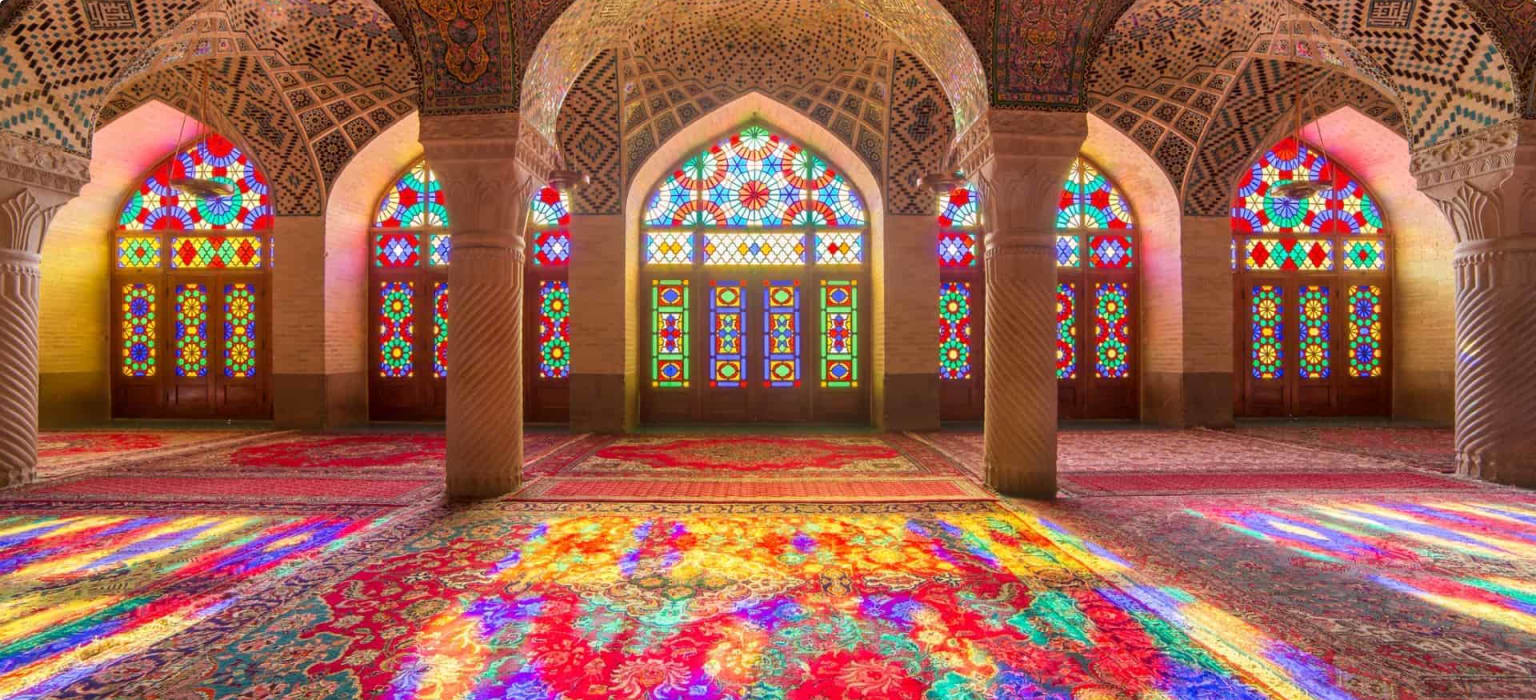
Revolutionary Iran: A History of the Islamic Republic
by Michael Axworthy
A major new work by the author of Iran: Empire of the Mind. Ayatollah Khomeini’s return to Tehran in February 1979 was a key moment in post-War international politics. A large, well-populated and wealthy state suddenly committed itself to a quite new path: a revolution based on the supremacy of Islam and contempt for both superpowers. For over 30 years the Islamic Republic has resisted widespread condemnation, sanctions, and sustained attacks by its neighbour, Iraq.
Many policy-makers today share a weary wish that Iran would somehow just disappear as a problem. But with Iran’s continuing commitment to a nuclear programme and its reputation as a trouble-maker in Afghanistan, Lebanon and elsewhere, this is unlikely any time soon. The slow demise of the 2009 ‘Green Revolution’ shows that Revolutionary Iran’s institutions are still formidable.
Michael Axworthy’s Iran: Empire of the Mind established him as one of the world’s principal experts on this extraordinary country. His new book, Revolutionary Iran, is the definitive history of this subject, one which takes full account of Iran’s unique history and makes sense of events often misunderstood by outsiders.
Reviews:
He revisits, and convincingly reinterprets, defining moments of the Islamic republic … [with] scholarly rigour and first-class analysis. Anyone interested in this most complex of revolutions would do well to read [this book]’ – The Economist
‘An impressive exploration of Iran’s development since 1979 into an unpredictable pseudo-democracy … [a] calm and literate portrait of the Islamic Republic’ – Guardian
‘If you were to read only one book on present-day Iran you could not do better than this … Axworthy revokes the sound and fury of the revolution itself’ – Ervand Abrahamian, Times Higher Education
‘Packed with gobbets of information and policy advice on how to deal with Iran’ – Telegraph
The Complete Infidel's Guide to Iran
by Robert Spencer
The author of The Complete Infidel’s Guide to ISIS and The Complete Infidel’s Guide to the Koran returns with the sharp wit and boundless courage needed to expose the oncoming storm from Iran.
Empire of the Mind: A History from Zoroaster to the Present Day
by Michael Axworthy
Iran often appears in the media as a hostile and difficult country. But beneath the headlines there is a fascinating story of a nation of great intellectual variety and depth, and enormous cultural importance. A nation whose impact has been tremendous, not only on its neighbours in the Middle East but on the world as a whole – and through ideas and creativity rather than by the sword.
From the time of the prophet Zoroaster, to the powerful ancient Persian Empires, to the revolution of 1979, the hostage crisis and current president Mahmoud Ahmadinejad – a controversial figure within as well as outside the country.
Michael Axworthy traces a vivid, integrated account of Iran’s past. He explains clearly and carefully both the complex succession of dynasties that ruled ancient Iran and the surprising ethnic diversity of the modern country, held together by a common culture. With Iran again the focus of the world’s attention, and questions about the country’s disposition and intentions pressing, Iran: Empire of the Mind is an essential guide to understanding a complicated land
The Silk Road in World History
by Xinru Liu
The name ‘Silk Road’ has been given by historians to a complex of ancient trade routes linking East Asia with Central Asia, South Asia, and the Mediterranean world. This network of exchange emerged along the borders between agricultural China and the steppe nomads during the Han Dynasty (206 B.C.E.-220 C.E.), in consequence of the inter-dependence and the conflicts of these two distinctive societies.
In their quest for horses, fragrances, spices, gems, glassware, and other exotics from the lands to their west, the Han Empire extended its dominion over the oases around the Takla Makan Desert and sent silk all the way to the Mediterranean, either through the land routes leading to the caravan city of Palmyra in Syria desert, or by way of northwest India, the Arabian Sea and the Red Sea, landing at Alexandria. The Silk Road survived the turmoil of the demise of the Han and Roman Empires, reached its golden age during the early middle age, when the Byzantine Empire and the Tang Empire became centres of silk culture and established the models for high culture of the Eurasian world.
The coming of Islam extended silk culture to an even larger area and paved the way for an expanded market for textiles and other commodities. By the 11th century, however, the Silk Road was in decline because of intense competition from the sea routes of the Indian Ocean.
Using supply and demand as the framework for analysing the formation and development of the Silk Road, the book examines the dynamics of the interactions of the nomadic pastoralists with sedentary agriculturalists, and the spread of new ideas, religions, and values into the world of commerce, thus illustrating the cultural forces underlying material transactions. This effort at tracing the interconnections of the diverse participants in the transcontinental Silk Road exchange will demonstrate that the world had been linked through economic and ideological forces long before the modern era.
The Silk Road - Central Asia, Afghanistan and Iran: A Travel Companion
by Jonathan Tucker
Stretching from the ancient Chinese capital of Xian across the expanses of Central Asia to Rome, the Silk Road was, for 2,000 years, a vibrant network of arteries that carried the lifeblood of nations across the world. Along a multitude of routes everything was exchanged: exotic goods, art, knowledge, religion, philosophy, disease and war. Out of the East came silk, tea, jade, paper, porcelain, spices and Buddhism; from the West, horses, weapons, lions, precious stones and cotton. From its earliest beginnings in the days of Alexander the Great and the Han Dynasty, the Silk Road expanded and evolved, reaching its peak under the Tang and Byzantine empires and gradually crumbling along with the decline of the Mongol empire. In this beautifully-illustrated book, which covers the Central Asian section of the Silk Road – from Lake Issy Kul through Tashkent, Samarkand, Bukhara, the Kyzyl Kum Desert, Khiva and Merv, to Herat, Kabul and Iran.
Jonathan Tucker uses traveller’s anecdotes and a wealth of literary and historical sources to celebrate the cultural heritage of the countries that lie along the Silk Road and illuminate the lives of those who once travelled through the very heart of the world.
Visit Iran With Odyssey Traveller
Odyssey Traveller offers two fully escorted trips to Iran each year, one in spring and one in autumn. We begin our tour in bustling Tehran, where we take in colourful traditional art and handicrafts at a number of museums. We then head to several of Iran’s ancient cities, Zanjan, Takab, and Hamadan, each home to important UNESCO World Heritage Sights. Our trip also visits Esfahan, regarded in the Middle Ages as ‘half the world’, and still Iran’s most beautiful city. We also head to the stunning desert city of Yazd, and Shiraz, famous as the ‘city of poets’, from which we make a day trip to Persepolis, capital of Darius the Great.
Our trip to Iran is designed for mature and senior travellers, either couples or those making their journey as a solo traveller. Our groups are always led by an experienced tour operator and local guides, who share the culture and history of Iran with you. We understand that the local cuisine is a vital part of culture, and make sure to include meals at authentic local restaurants.
For your Iran holiday, think about joining an Odyssey tour. We promise a memorable experience of this fascinating country. To see the full itinerary for our forthcoming tours click here, and please call or send an email if you have further enquiries.
Here is the testimony of one Odyssey traveller:
I have never met such friendly people as the Iranians and the country has some of the most interesting and memorable sights to visit. The Persian empire and history is a fascinating subject. Most people did not really know what to expect but were more than pleased by the whole experience. The country presently appears to be very stable and very safe. TM, February, 2016
The Australian Government’s Smartraveller.gov.au site provides advice for Australians on travelling in Iran. For their latest advice, click here.
Related Tours
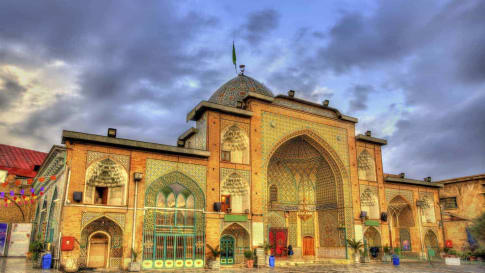
17 days
Sep, Nov, AprIran Culture and History Escorted Small Group Tour for seniors
Visiting Iran
Unlike its neighbours to the west and northwest, Iran had not adopted Christianity and it was the explosive spread of Islam and its ready adoption, without the Arabic language or customs, which helped unite the culture and greatly enrich Persian heritage. This small group tour program includes the great cities of Iran, historic sites, mosques, gardens, bazaars and teahouses for couples and solo travellers.
From A$11,825 AUD
View Tour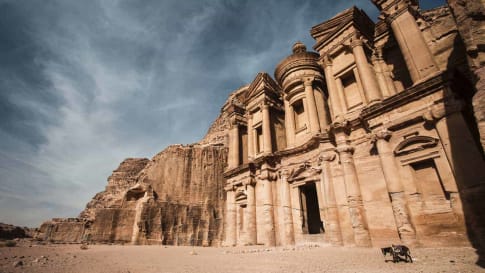
9 days
Jan, OctAncient History of Jordan | Escorted Small Group Tour
Visiting Jordan
Explore Jordan, visiting its capital city, Amman Jordan, the ancient Desert Castles, Petra and the Dead Sea on a small group package tour for mature and senior travellers travelling as a couple or Solo.
From A$6,750 AUD
View Tour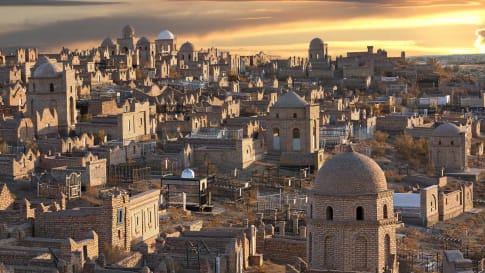
27 days
May, AugThe Stans Small Group Tour: Uzbekistan, Kazakhstan, Kyrgyzstan, and Turkmenistan
Visiting Kazakhstan, Kyrgyzstan
This Odyssey is designed for the adventurous traveller, a couple or solo traveller on a small group tour who is prepared for a range of accommodation styles, for walking excursions and some long travel days in 3 Central Asian countries. The program combines experiences with great scenery, ancient and modern histories, family visits and lifestyles that differ dramatically.
From A$16,750 AUD
View Tour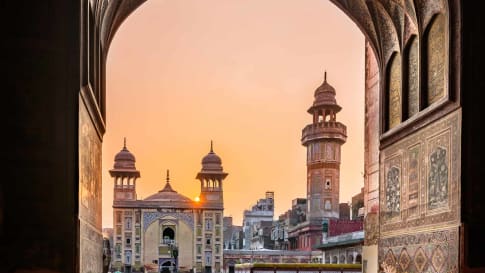
16 days
Mar, OctTour of Pakistan
Visiting Pakistan
This 16-day small group tour for couples and solo travellers explores the long history and colourful culture of Pakistan, and begins in Karachi, Pakistan's largest city, and ends in its vibrant capital, Islamabad, includes Lahore fort and Skardu valley.
From A$9,995 AUD
View Tour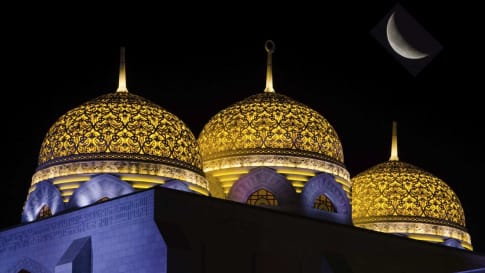
13 days
Oct, SepDiscover Oman
Visiting Oman
The Sultanate of Oman is a country of diverse natural beauties and fascinating human history. Oman boasts medieval forts and watchtowers, Bedouin villages, spectacular fjords, bustling markets, date palm plantations, and sand dunes.
From A$11,595 AUD
View Tour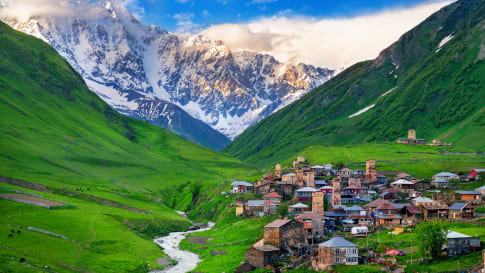
22 days
May, OctSmall Group Tour to the Caucasus | Armenia Azerbaijan Georgia
Visiting Armenia, Azerbaijan
This small group program is designed to give people an opportunity to explore Tbilisi, Baku, Yerevan as well as important monuments, historical and religious sites, diverse landscapes and ancient architecture by visiting the Caucasus Mountains and the lowlands of Armenia, Georgia and Azerbaijan. Led by local English speaking guides, there will be the opportunity to meet local people.
From A$11,835 AUD
View Tour
